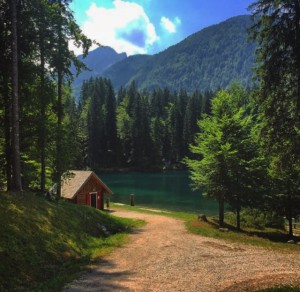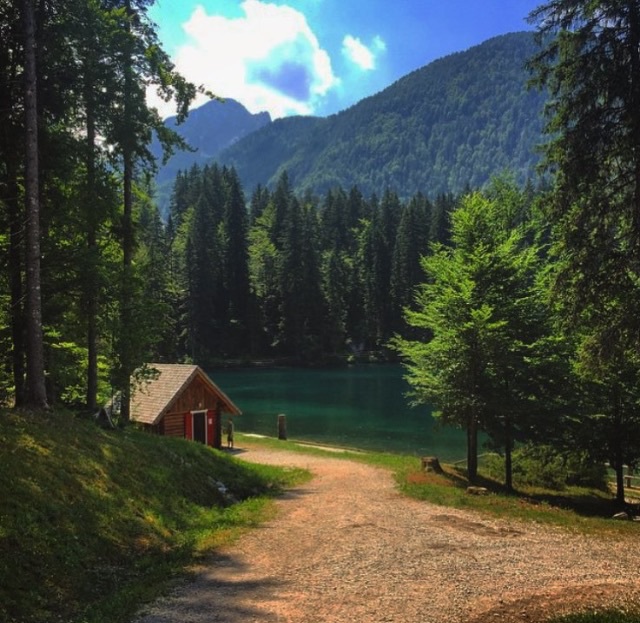By Louise Twining-Ward
Sustainable tourism is getting renewed attention these days because of its inclusion in the United Nations’ new Sustainable Development Goals (SDGs), but the idea is not new. Sometimes referred to as responsible, green, low-impact or eco-tourism, tourism designed to protect natural and cultural heritage and support the well-being of local communities is well established in destination-branding campaigns and certification programs around the world.
What is new is that sustainable tourism is increasingly mainstream. Not a niche, not a fad, not a market segment or simply CSR, it’s becoming a business imperative for hotels, airlines, cruise lines, car rental and other companies in the hospitality sector. Businesses that fail to take sustainability seriously enough will find themselves practicing a lot of risk management.
While industries like forestry, agriculture, fisheries and mining are based on extracting and selling natural resources, tourism thrives on preserving and enhancing natural and cultural assets. One in 11 people worldwide work in travel and tourism. The industry is currently worth $6.6 trillion, or 9 percent of global GDP, and it’s growing faster than the global economy. Annual global arrivals now top a billion people and are increasing by about 4 percent each year.
Tourism should be an ideal lever for global change. How many other multitrillion-dollar industries can you name for which sustainability is not only a key competitive advantage, but mission-critical for protecting the natural and social capital that attract customers in the first place? It’s hard to imagine a more powerful engine for spreading sustainable practices and positive impacts to every corner of the globe.
But as the industry has grown, so has its pressure on resources. Tourism leaves a mammoth footprint on land (both for development and food production), as well as high water and energy use. It generates 5 percent of global greenhouse gas emissions, and untold amounts of other waste. As global competition has intensified, in many places tourism wages have fallen, local people have been marginalized or displaced by development, cultural heritage sites have been overrun, and parks and coral reefs have been loved to death.
Done right, tourism actually contributes to local economies, conserves local lands and incentivizes the protection of cultural traditions. Decades of innovation by travel and tourism companies, governments, and international donor agencies has brought sustainable practices and and positive impacts to more destinations, and made sustainable choices available to more travelers than ever before.
But tourism still hasn’t been able to posit the kind of global-scale sustainability goals or demonstrate the kinds of verified, aggregated impacts some other global industries have. That may be what leads some, like the climate contrarian Bjorn Lomberg, to dismiss sustainable tourism as peripheral to global sustainability. By definition, tourism is so culturally and geographically diverse and so decentralized that it has lacked defined common goals and standards, and its collective impacts are notoriously difficult to monitor.
If those problems were solved, tourism would be recognized as a powerful global sustainability strategy, which is why the SDGs rightly call for framing and implementing policies to promote sustainable tourism and tools to measure its impact.
To that end, leading destinations, tour operators, hotel chains, airlines, cruise lines, environmental groups and others have signed onto the 10 Million Better campaign — an industry-wide awareness campaign with the shared goal of demonstrating improvement in the lives of 10 million people through sustainable tourism by 2025.
Tracking progress toward that goal requires a way to follow the ripple effects of tourism through local economies, communities and environments, which is technically difficult. Economists are getting better at assessing tourism’s economic multiplier effects using input-output models and satellite accounts. But our ability to quantify social, cultural and environmental impacts of sustainable tourism has lagged far behind.
The good news is: There’s now a serious global effort underway to tackle this problem. This summer the World Bank’s Sustainable Tourism Global Solutions Group and Sustainable Travel International convened a high-level meeting on tourism impact monitoring. Among the participants were the United Nations Environmental Program, the World Economic Forum, the U.N. World Tourism Organization, the World Travel and Tourism Council, travel industry leaders including Wyndham Resorts and PwC, the world’s largest professional services firm, as well as the World Wildlife Fund and Harvard, Cornell and George Washington universities.
Speakers and participants shared their progress on various new monitoring tools. The impact monitoring system being built as part of the 10 Million Better campaign is an integrated, accessible, open-source approach to capturing and reporting impacts. It includes a project calculator to assess the multiplier effect of sustainable tourism projects on destination communities. Another open-source tool, the Total Impact Management Model (TIMM), allows for measurement and monetization of social, environmental and economic impacts from across the value chain. Harvard’sInternational Sustainable
Tourism Initiative presented its work on a visual forecasting tool to improve tourism development and management. It uses dynamic simulations and mapping to visualize alternative future scenarios for tourism destinations.
It’s no accident that these tools are becoming available just as the SDGs are launching, and the eyes of the world are turning to the Paris climate talks. On many fronts, there’s a
palpable sense of urgency and specificity about setting and implementing global sustainability goals. Once armed with ways to monitor and scale up its collective environmental and social impacts, sustainable tourism can take us a long way toward meeting them.
Louise Twining-Ward, PhD is the CEO of Sustainable Travel International, whose mission is to improve lives and protect places through travel and tourism.
